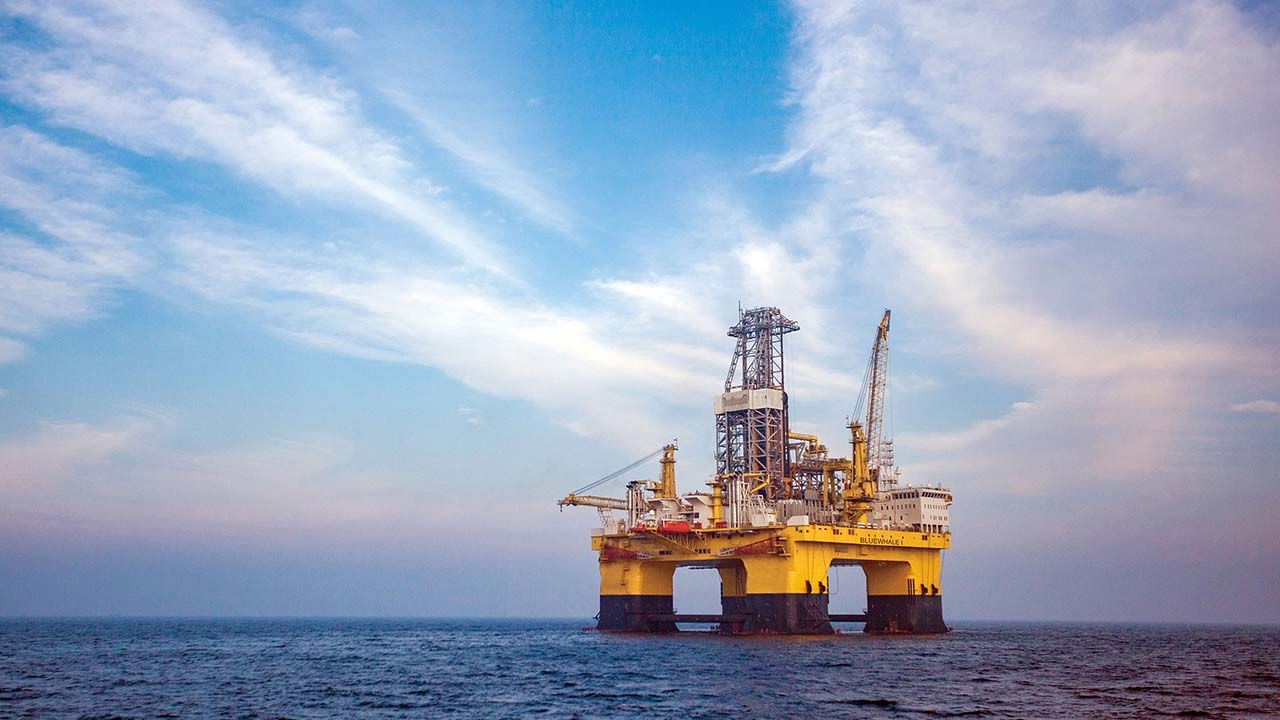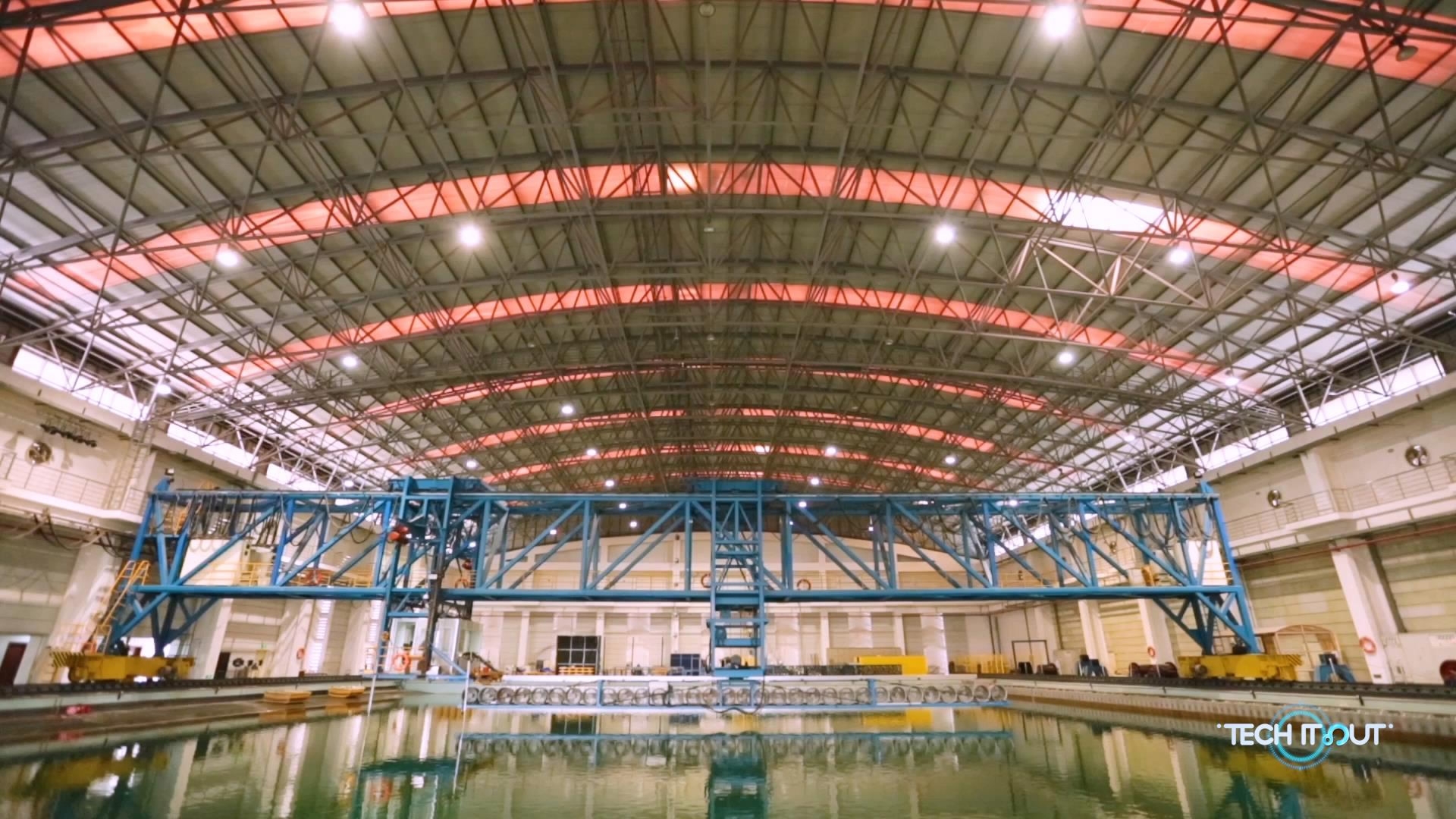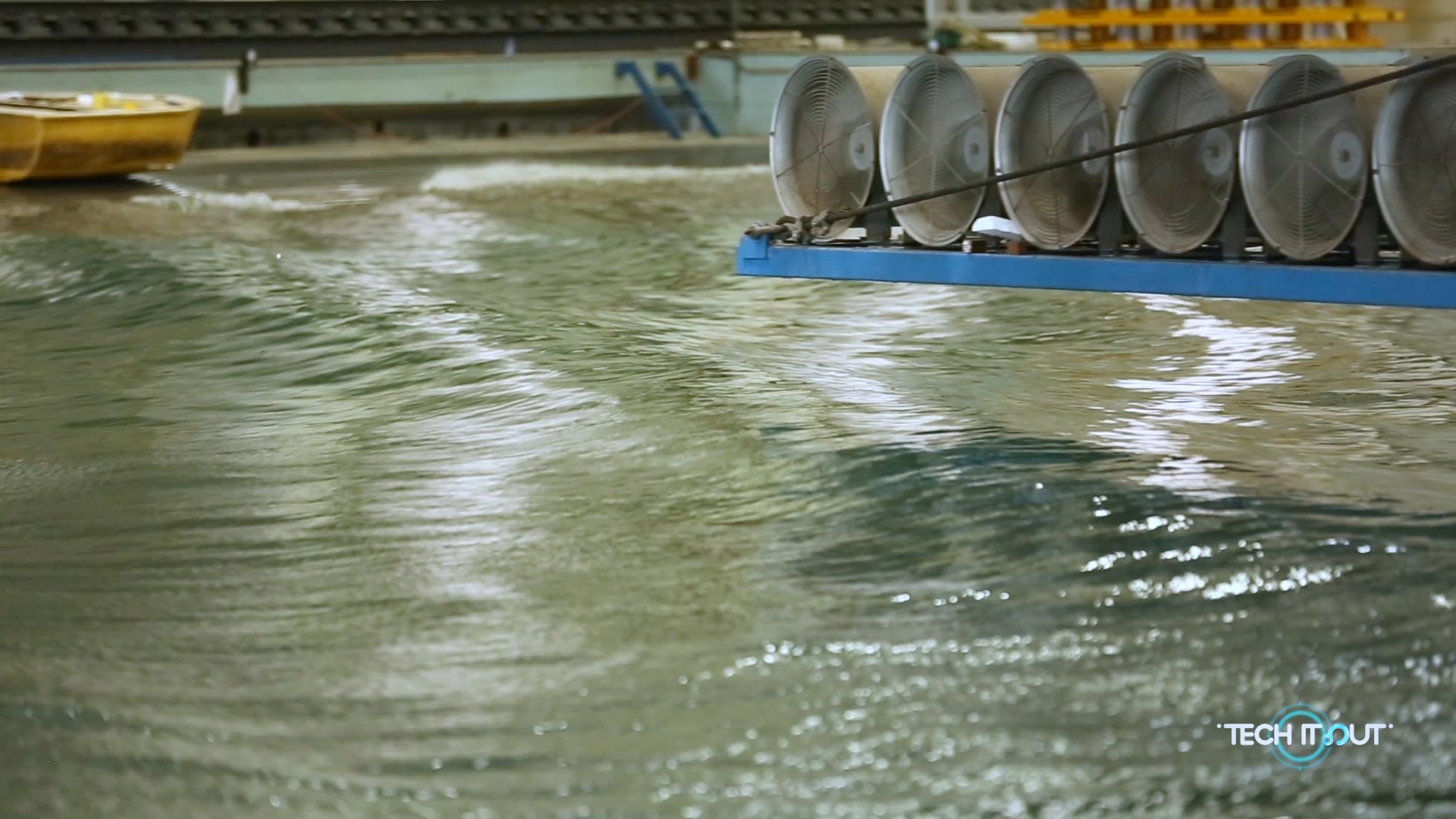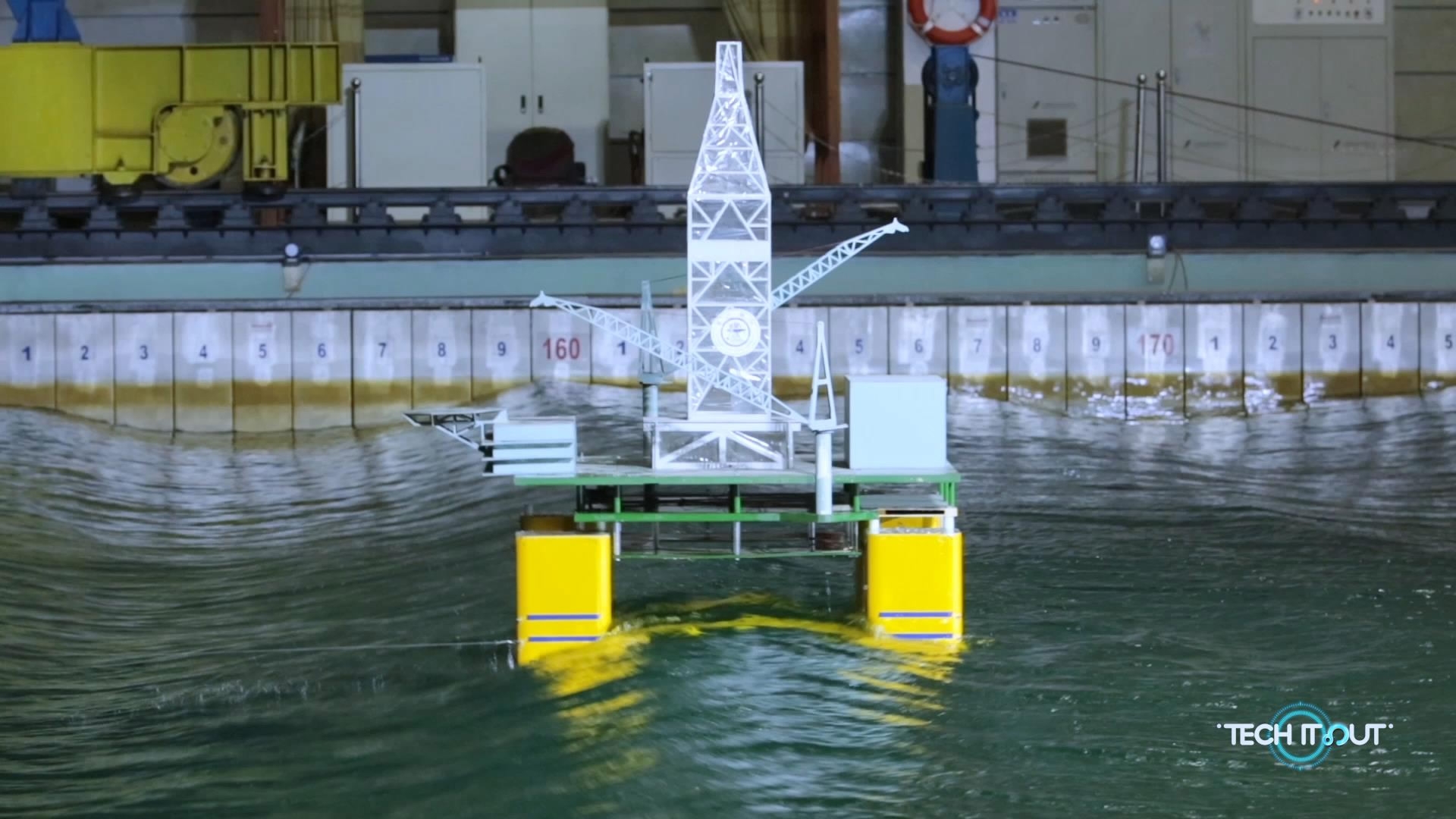
Tech & Sci
17:31, 10-Dec-2017
TECH IT OUT: Why do we need an 'indoor ocean'?
By Yang Zhao

The Deepwater Offshore Basin in Shanghai Jiaotong University is a laboratory like no other. Measuring 40 meters wide, 50 meters long and 40 meters down to the deepest point, it is one of the world's largest maneuvering and sea-keeping basins or, in other words, an "indoor ocean,” and the most advanced test facility of its kind.
But why do we need an indoor ocean?

The Deepwater Offshore Basin at State Key Lab of Ocean Engineering, Shanghai Jiaotong University /CGTN Photo
The Deepwater Offshore Basin at State Key Lab of Ocean Engineering, Shanghai Jiaotong University /CGTN Photo
Marine equipment has to undergo severe deep sea tests before it can be used out in the ocean. Equipment failure can not only cause huge economic losses but also natural disasters, such as the explosion and fire that took place on the Deepwater Horizon platform in the Gulf of Mexico several years ago.
The basin can help designers to understand what they are going to face, but in the relatively safe lab environment.
“We can simulate a complex marine environment with wind, waves, and strong currents in this lab,” said Xiao Longfei, researcher of the State Key Lab of Ocean Engineering.
The wave paddles move together like piano keys on the surface to create a variety of different waves. Working together, the right combination with the right intensity can create waves with a height of up to half a meter, which corresponds to an actual wave of up to 40 or 50 meters due to scaling ratio conversion.

Wave- and wind-making systems working together /CGTN Photo
Wave- and wind-making systems working together /CGTN Photo
The lab's six-story flow system can also simulate an ocean current that spans from the surface of the water to the deep sea.
The wind-making, flow-making, and wave-making systems should be opened at the same time to simulate the coupling effect of the complicated marine environment.
“Our design makes it possible to scale the equipment that is needs to be tested down to that of a model. We put the model in our pool to test whether it can function properly in the sea where it will be deployed,” explained Peng Tao, deputy director of the lab.

The model of a drilling rig taking tests /CGTN Photo
The model of a drilling rig taking tests /CGTN Photo
While most of the tests are for drilling rigs, ships and vessels will also be tested here. Under harsh sea conditions, the platform will tilt significantly, but more importantly, when a wave strikes a floating body, it will cause what scientists call "wave climbing." The waves can "climb" and hit critical equipment on the deck. Researchers need to perform tests and analysis in the lab to provide a basis for the design.
“It should be said that most of the ocean around the world can be simulated. The sea areas for deep-sea oil and gas development particularly can be perfectly simulated in this basin,” said Peng.

SITEMAP
Copyright © 2018 CGTN. Beijing ICP prepared NO.16065310-3
Copyright © 2018 CGTN. Beijing ICP prepared NO.16065310-3